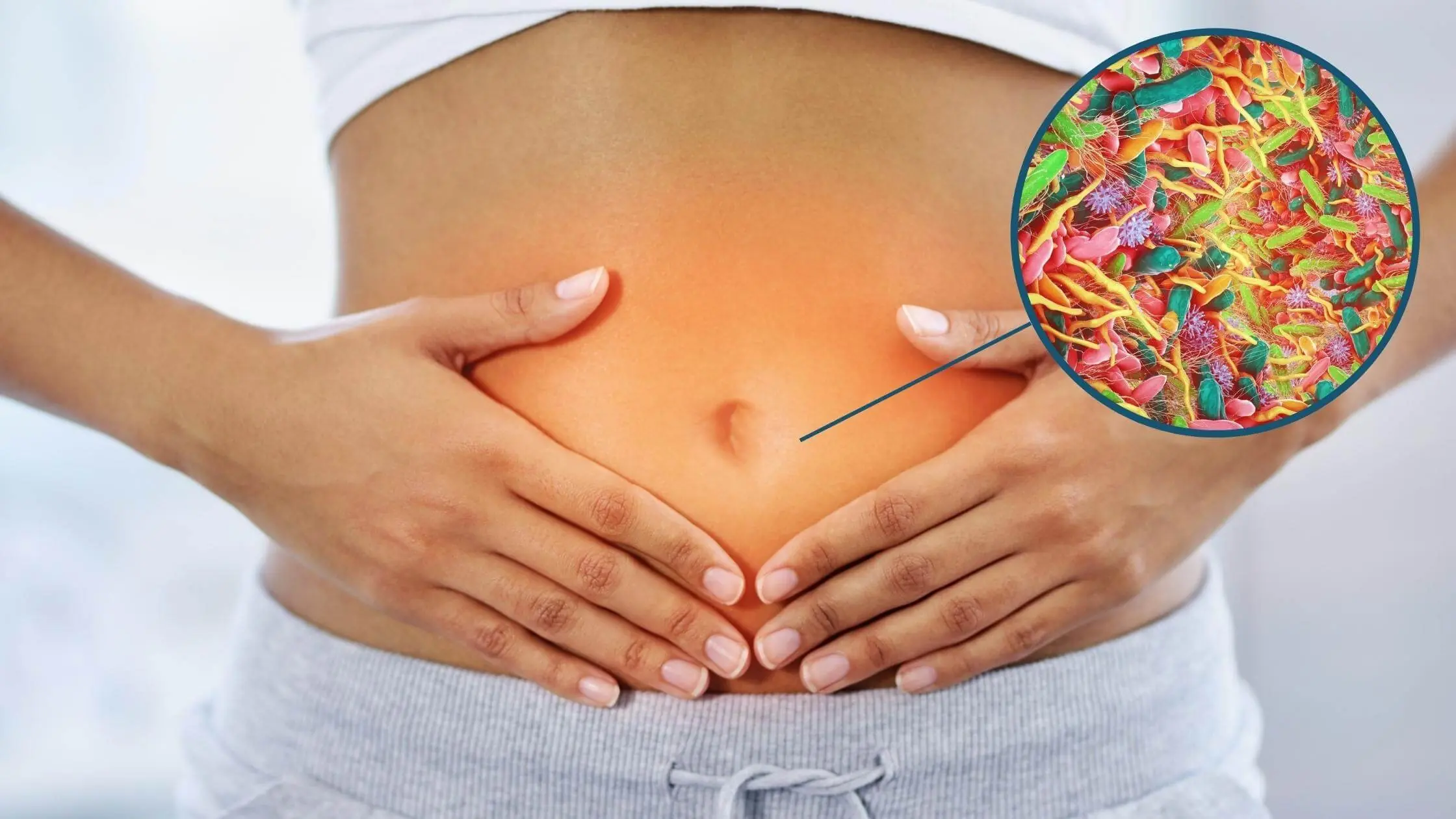
The Hidden Warning Signs of Iron Deficiency—and How to Fix It
Iron is an essential mineral that plays a vital role in the body. It is a key component of hemoglobin, the protein in red blood cells that carries oxygen from the lungs to the rest of the body. When your body doesn't have enough iron, it can’t produce enough healthy red blood cells, leading to iron deficiency anemia. While this condition is common, especially among women and children, many people don’t recognize the signs until it becomes severe. That’s why understanding the hidden symptoms of iron deficiency—and how to fix it—is crucial for maintaining good health.
One of the most common but often overlooked symptoms of iron deficiency is chronic fatigue. People with low iron levels frequently feel tired even after getting enough sleep. This happens because your body doesn’t get enough oxygen, causing your muscles and tissues to feel constantly drained. If you find yourself needing naps during the day or struggling to stay alert, iron deficiency may be the culprit.
Another hidden sign is pale or dull skin tone. Hemoglobin gives blood its red color, which also gives your skin a healthy glow. If you notice your skin looking unusually pale, especially on the face, inside of your lips, or eyelids, it could be a signal that your body is lacking iron. Some people also experience shortness of breath, dizziness, or heart palpitations even during mild activity, all due to insufficient oxygen delivery throughout the body.
Brittle nails and hair loss are additional signs that are often missed. Iron helps maintain strong nails and healthy hair growth. If your nails are cracking easily or your hair is thinning more than usual, your iron levels may be too low. Some individuals even develop a strange craving for non-food items such as ice, dirt, or chalk—this condition is known as pica, and it can be a red flag for severe iron deficiency.
For women, especially those who menstruate heavily, iron deficiency is particularly common. Pregnancy, blood loss, poor diet, or certain medical conditions like ulcers or celiac disease can also contribute to low iron levels. Vegetarians and vegans may also be at risk if they don’t include enough iron-rich plant foods or supplements in their diet.
Fortunately, iron deficiency is usually easy to correct once identified. The first step is to get a blood test to measure your hemoglobin and ferritin levels. If confirmed, your doctor may recommend iron supplements, which are available over the counter or by prescription. These are best absorbed on an empty stomach with a source of vitamin C, such as orange juice, but can sometimes cause stomach upset or constipation. In severe cases, iron may need to be delivered via intravenous (IV) therapy.
In addition to supplements, dietary changes can make a big difference. Eating iron-rich foods is essential. Good sources include red meat, chicken, fish, eggs, and liver. For vegetarians, foods like lentils, spinach, tofu, quinoa, pumpkin seeds, and fortified cereals are excellent choices. Pairing these with vitamin C-rich foods like bell peppers, citrus fruits, or tomatoes can enhance iron absorption.
In conclusion, iron deficiency is a widespread but often hidden health issue that can lead to serious consequences if left untreated. Fatigue, pale skin, brittle nails, and unusual cravings may all be signs that your body is low on iron. By recognizing the warning signals and taking steps to boost your iron levels through diet and supplements, you can restore your energy, improve your overall well-being, and prevent long-term health problems. Don’t ignore the signs—listen to your body and take action early.
News in the same category


Beat a Sinus Infection Fast with These Natural Remedies
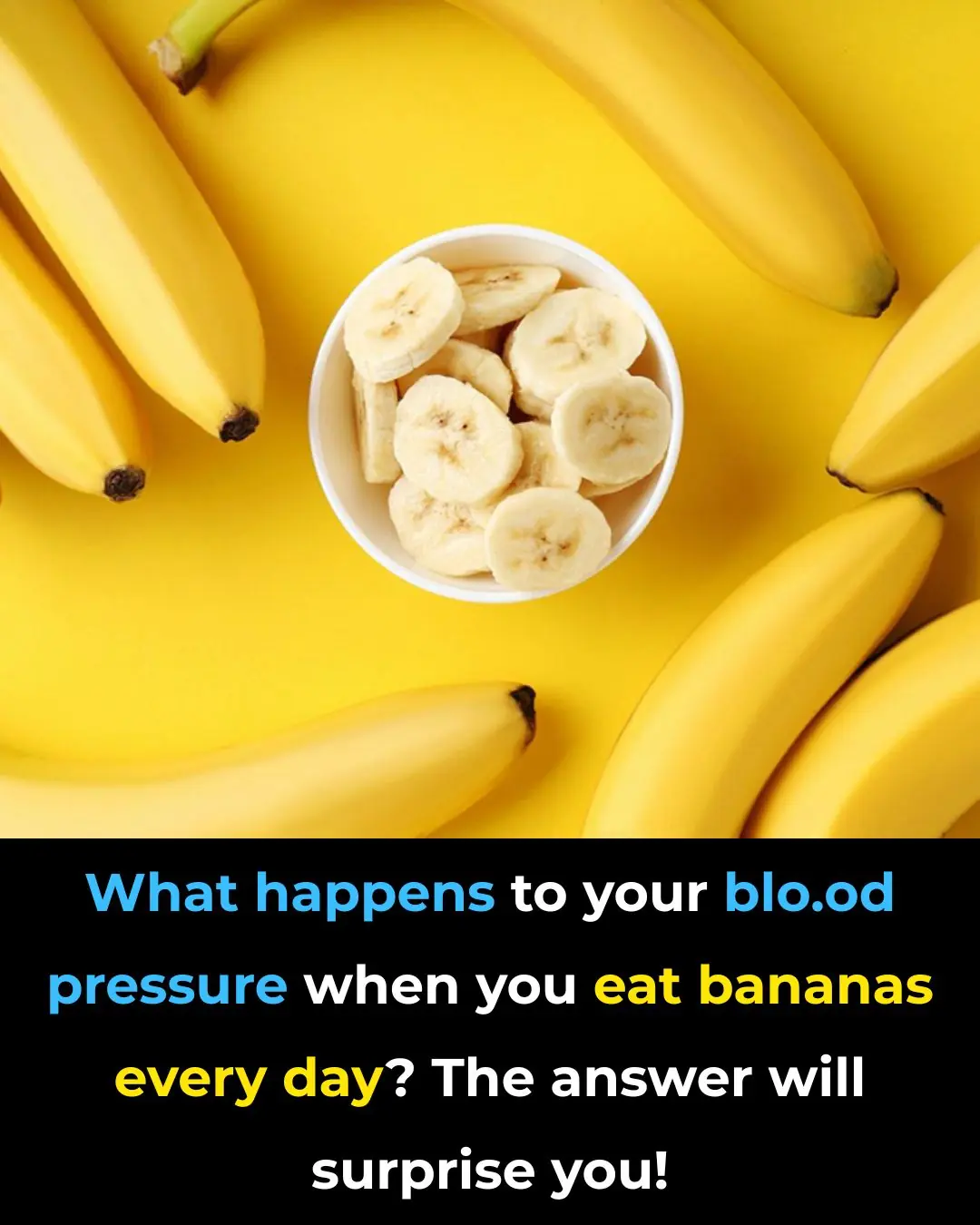
What Happens To Your Blood Pressure When You Eat Bananas
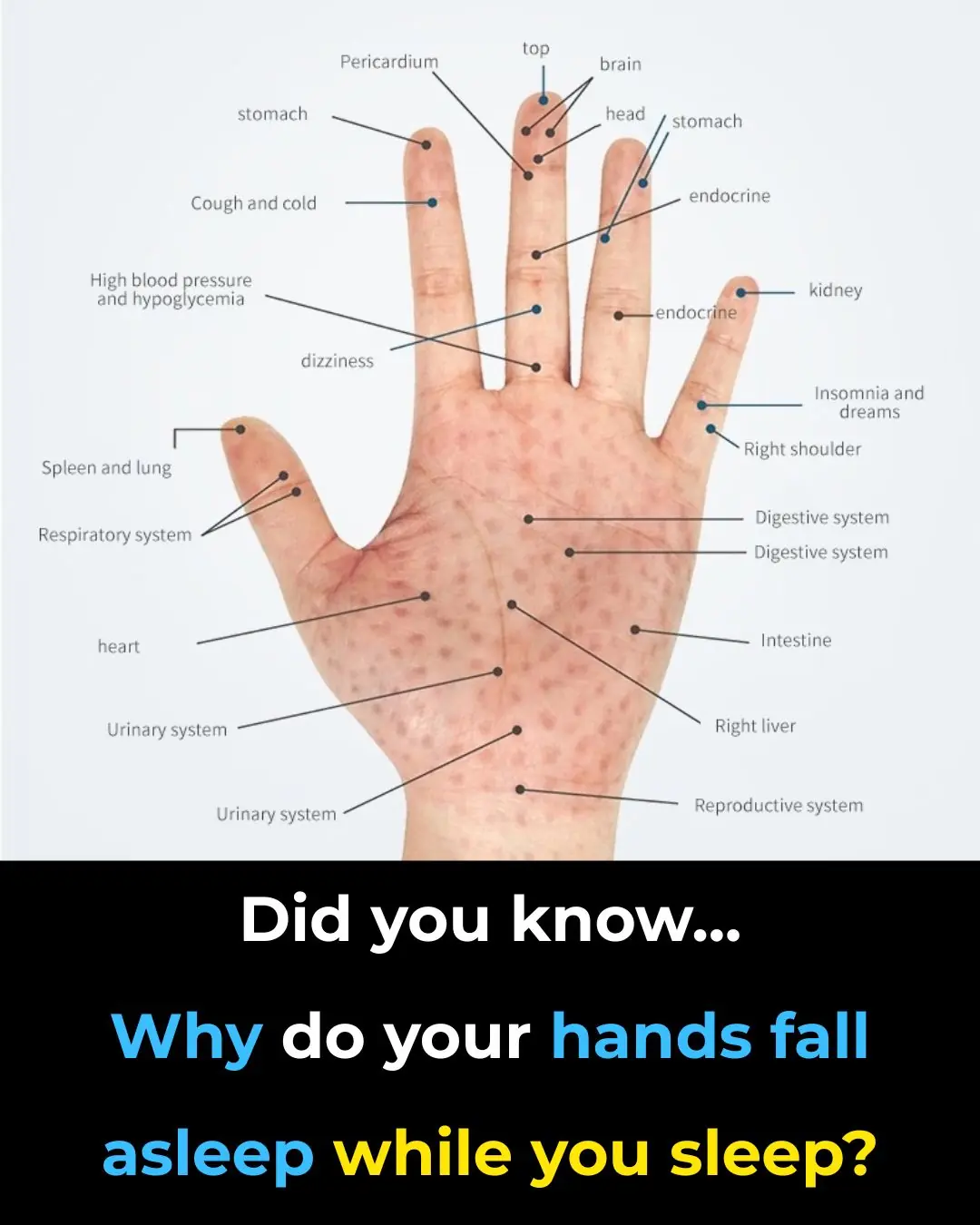
Why Your Hands Go Numb While You Sleep
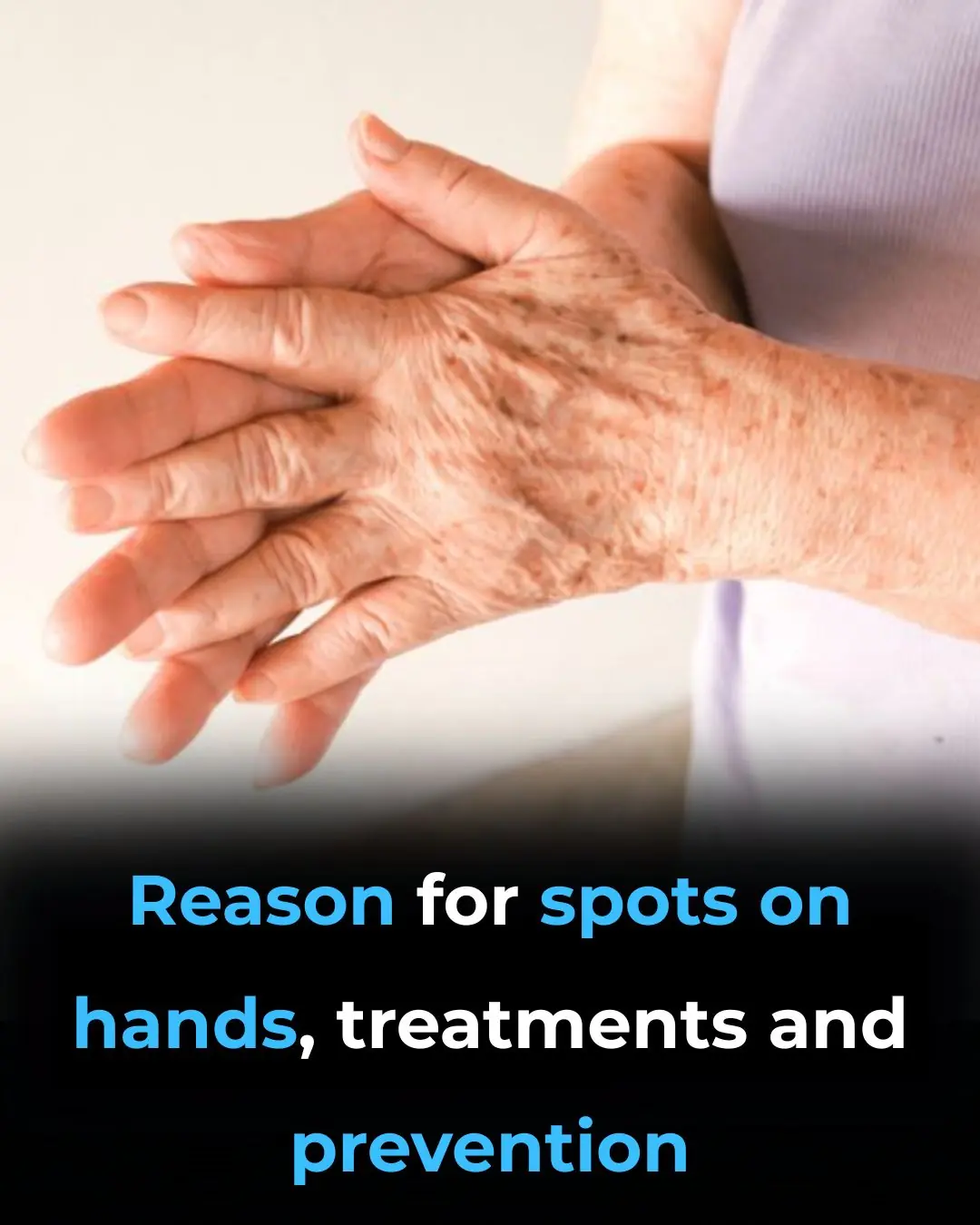
Reason For Spots On Hands
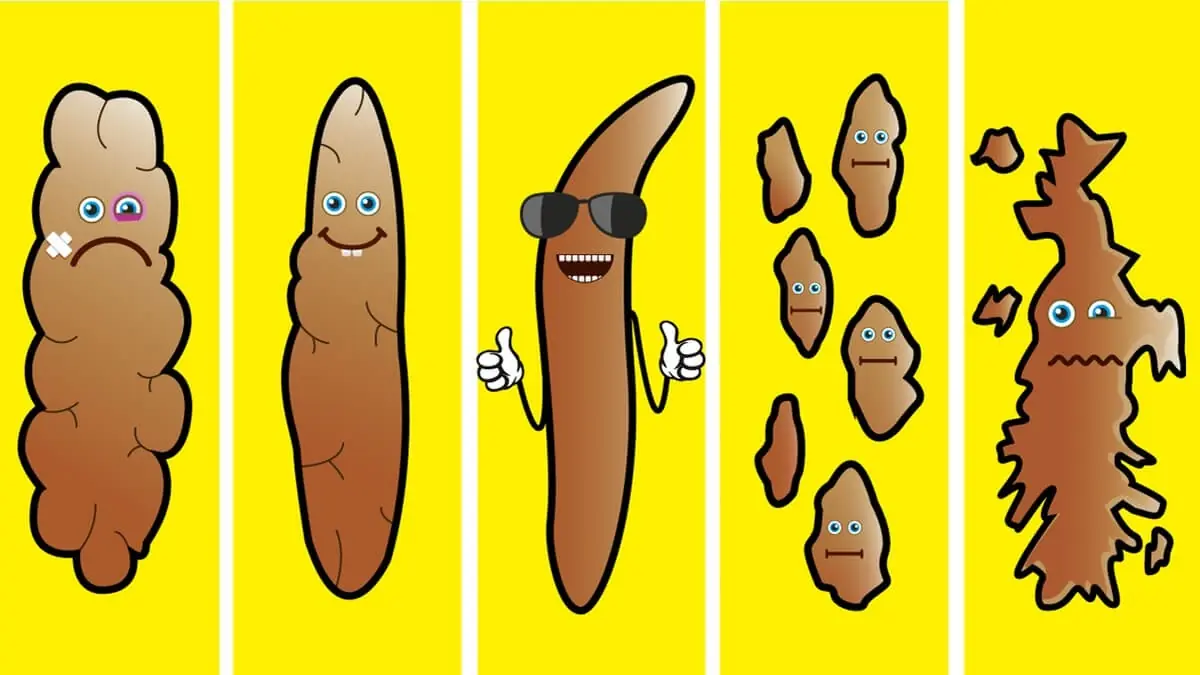
Here Is What Your Poop Says About Your Health
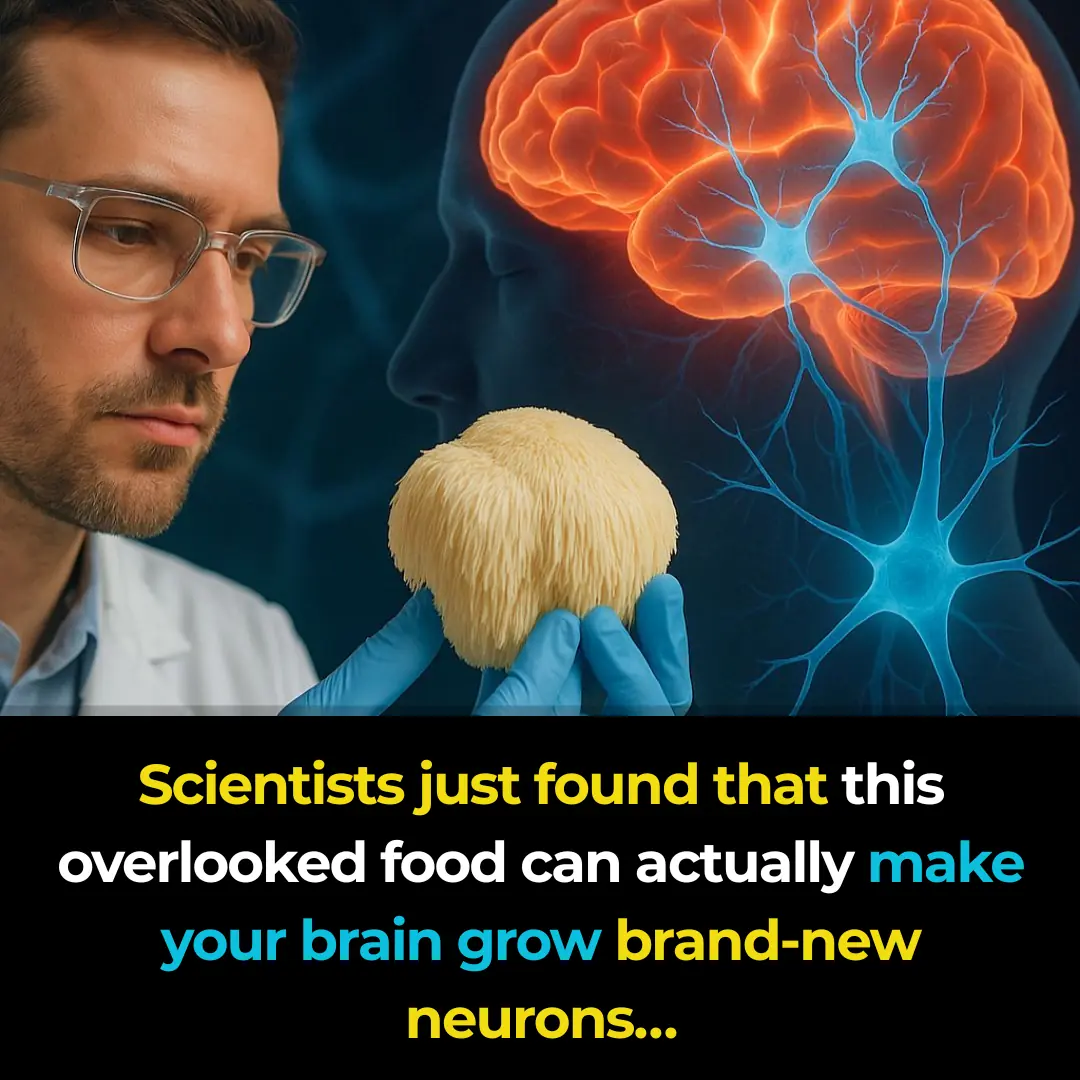
3 powerful vegetables everyone overlooks (but shouldn’t!)
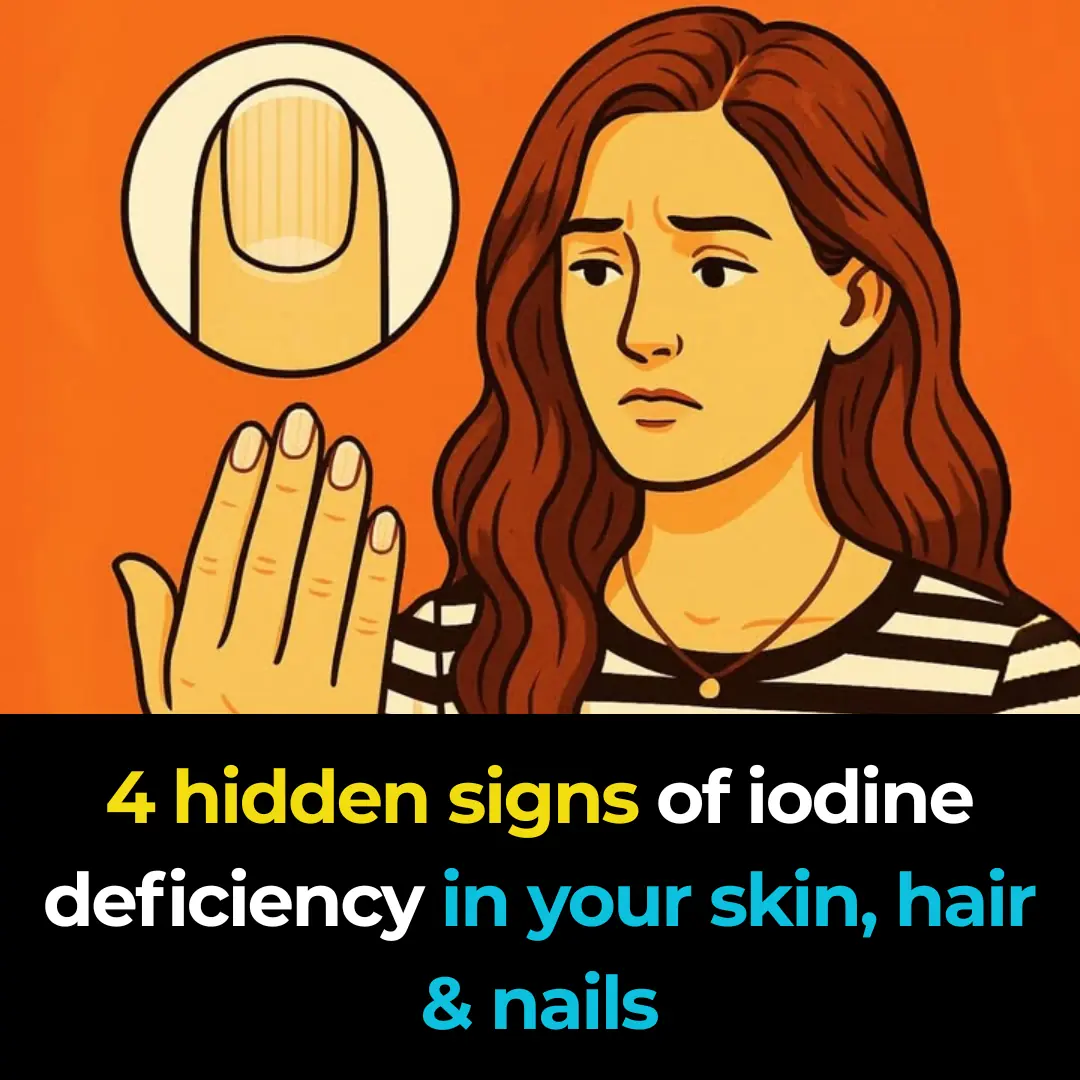
4 hidden signs of iodine deficiency in your skin, hair & nails
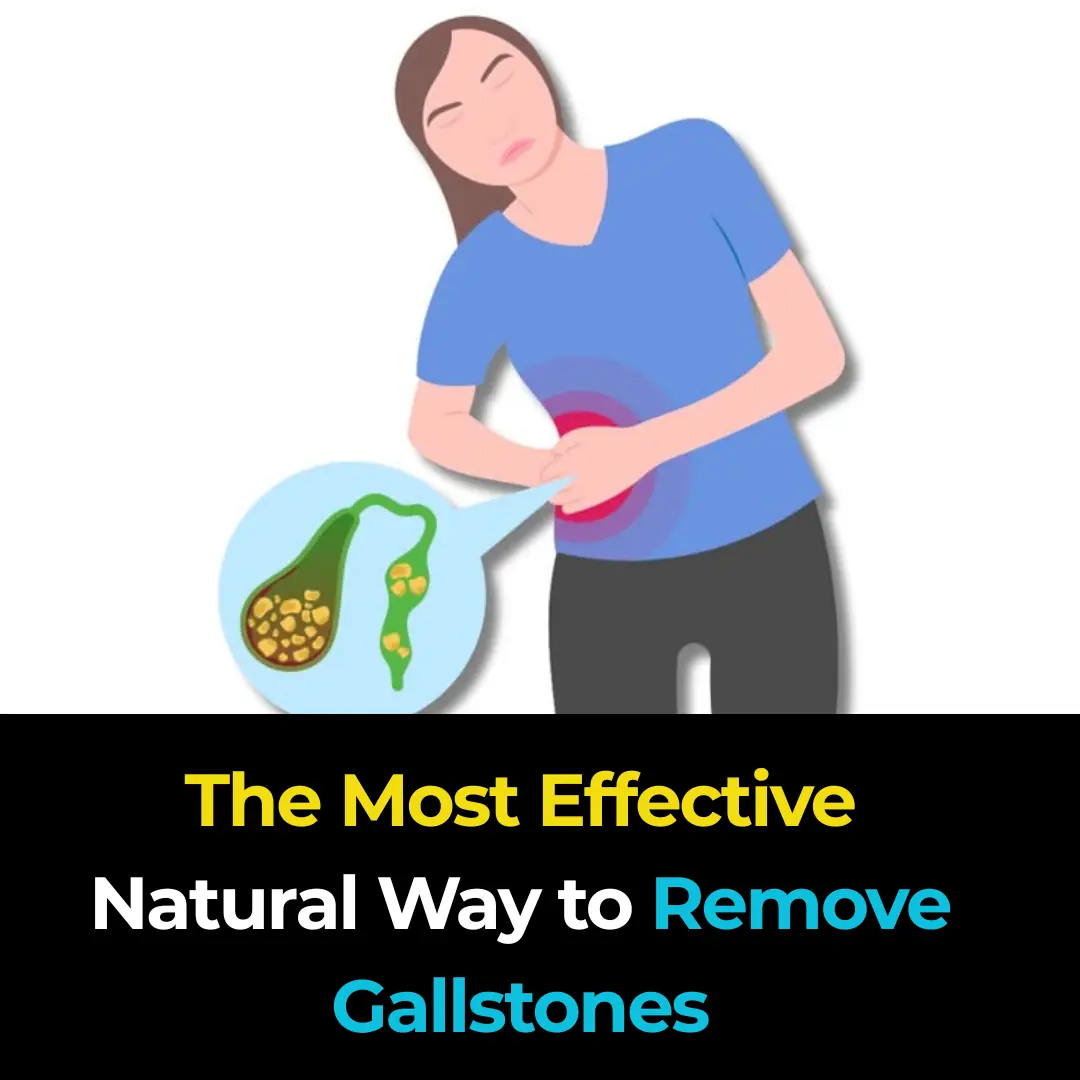
The Most Effective Natural Way to Remove Gallstones

Causes of Early Graying You Never Suspected
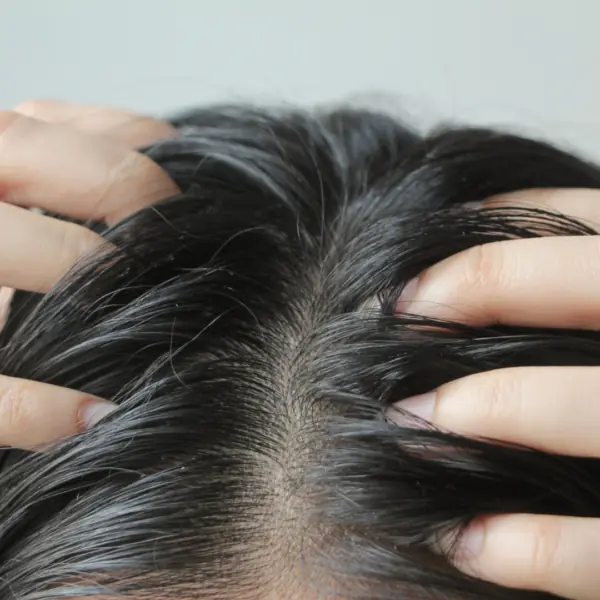
That Persistent Scalp Itch

That Random Stabbing Pain in Your Chest Has Finally Been Explained

The Dirty Secret About Toilet Paper on Public Seats
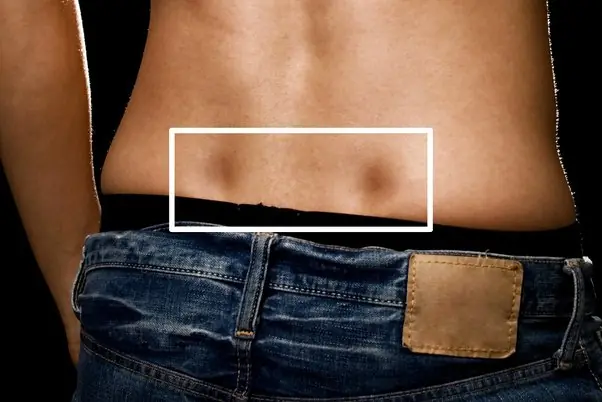
If You Have These Two "Dimples" on Your Lower Back, Here's What They Mean
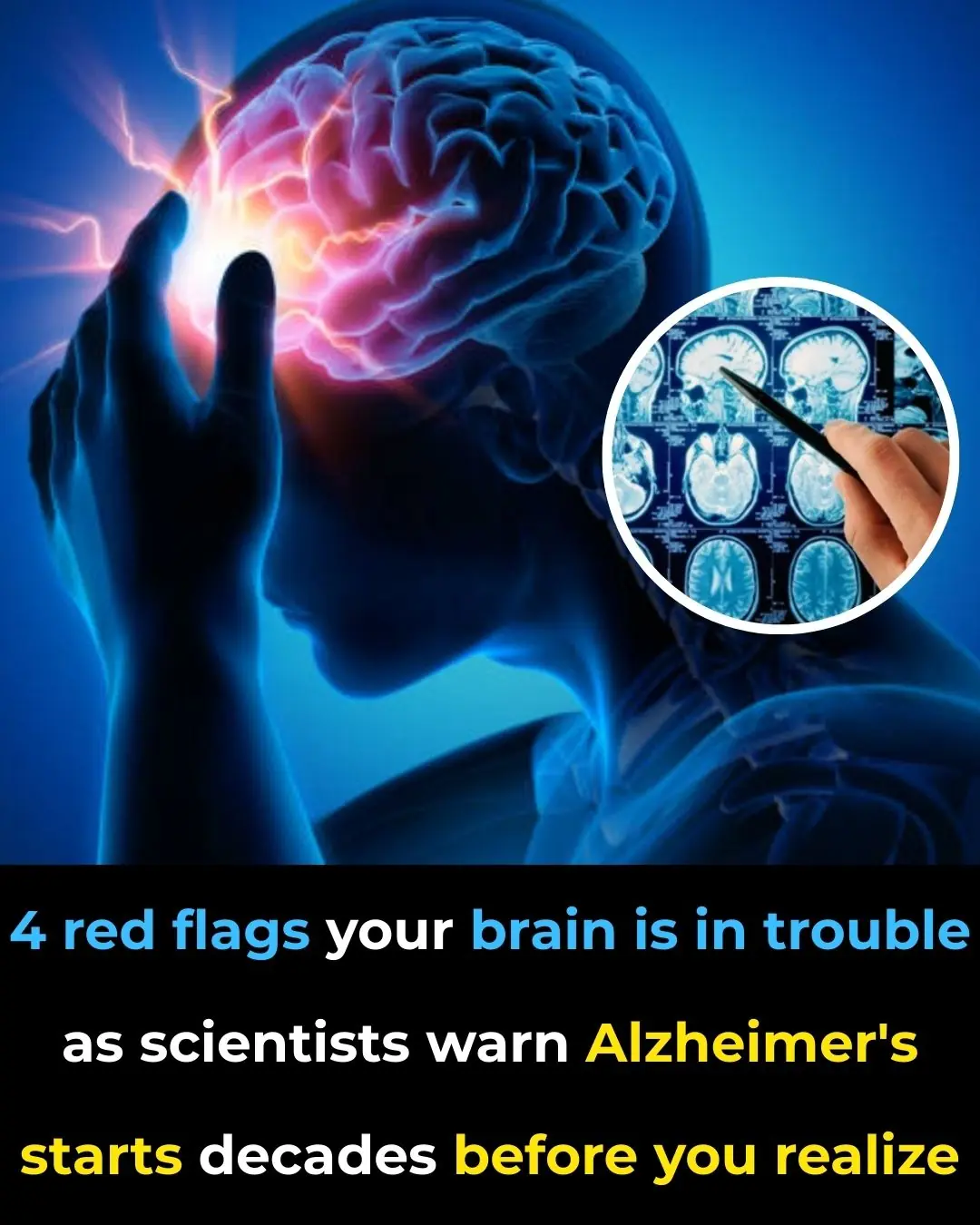
4 Red Flags Your Brain Might Be in Trouble as Experts Warn Alzheimer’s Can Start Decades Before Symptoms Appear
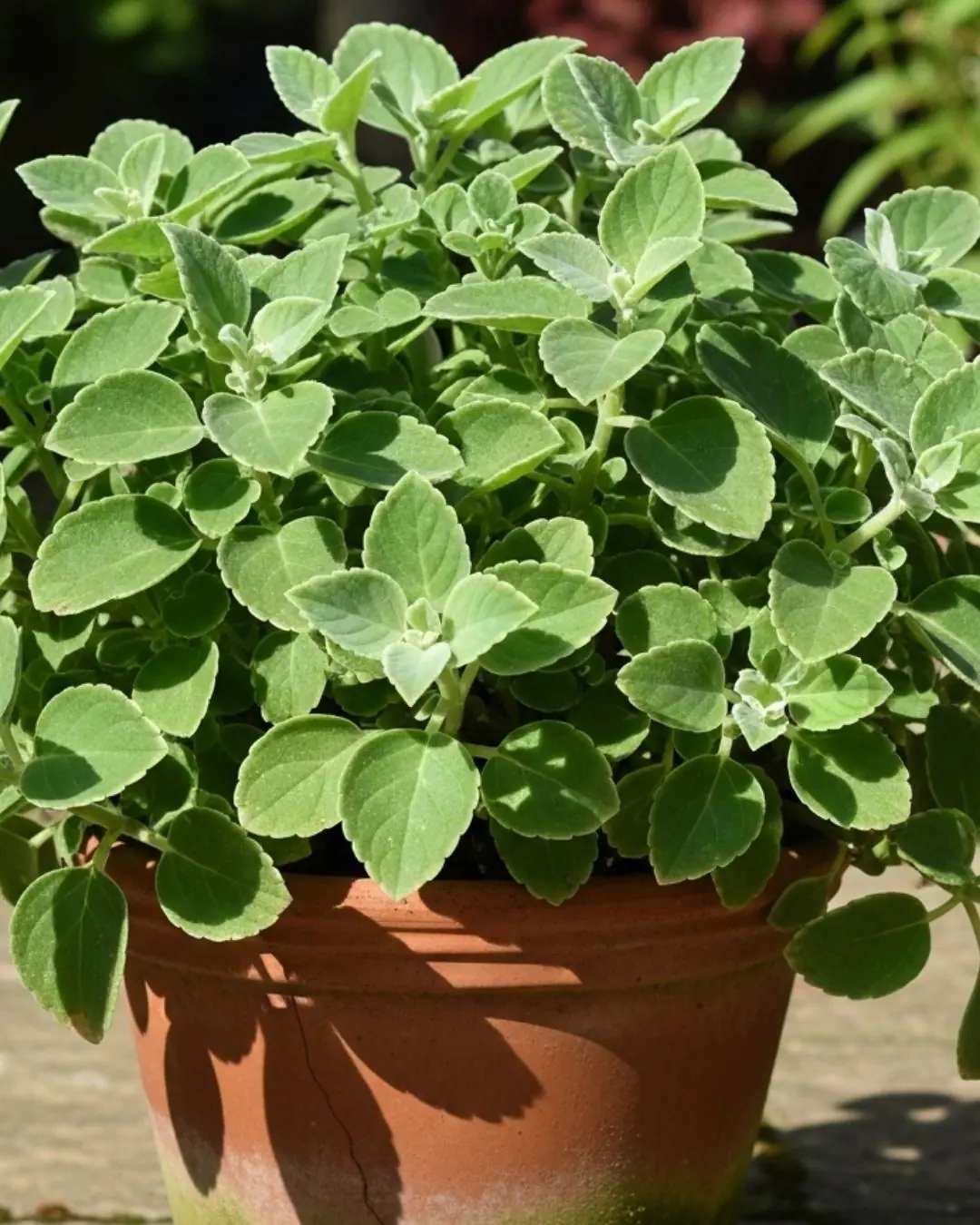
A Scientific Look at Oregano’s Role in Supporting Wellness
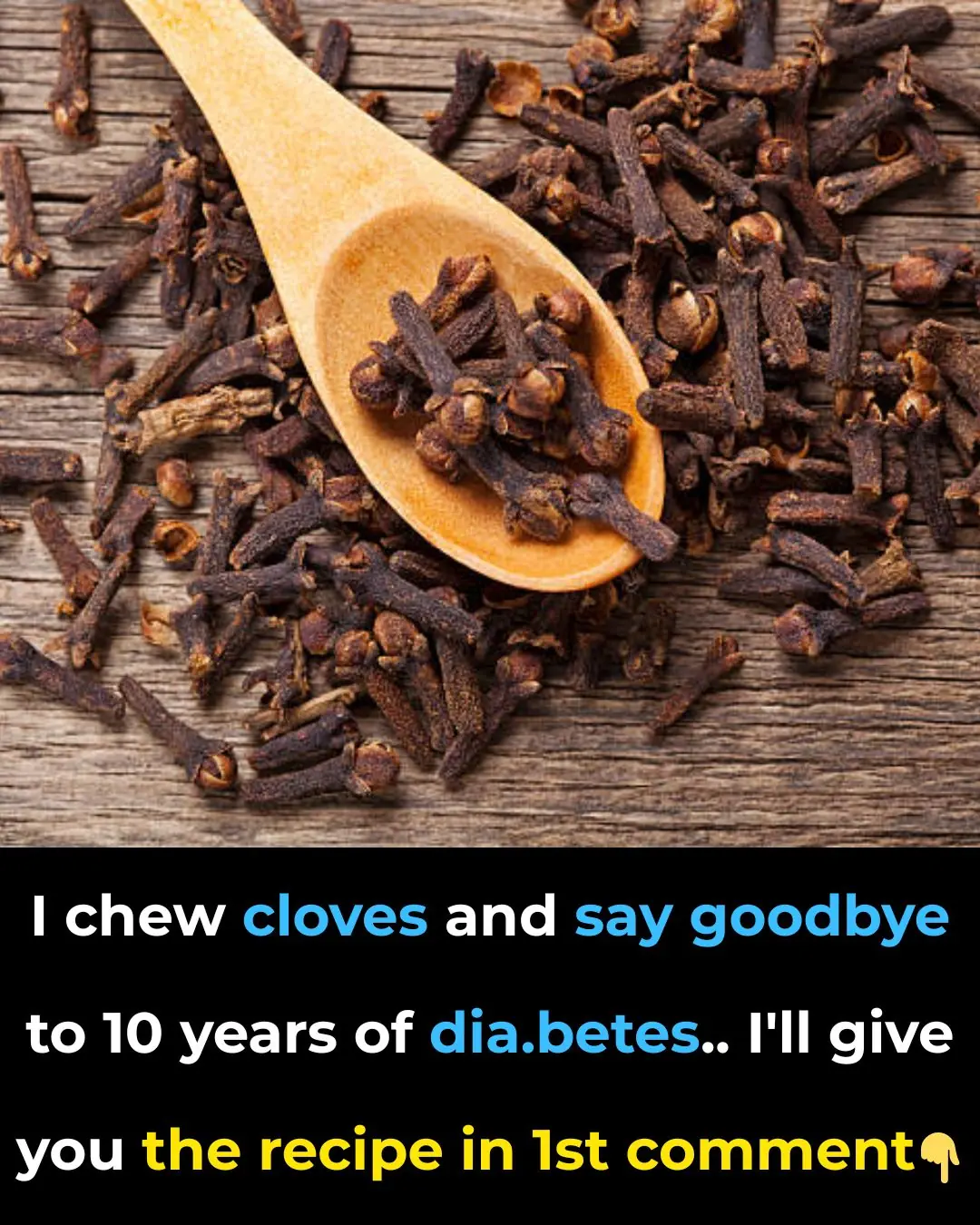
Cloves: 10 Health Benefits of Eating 2 Daily
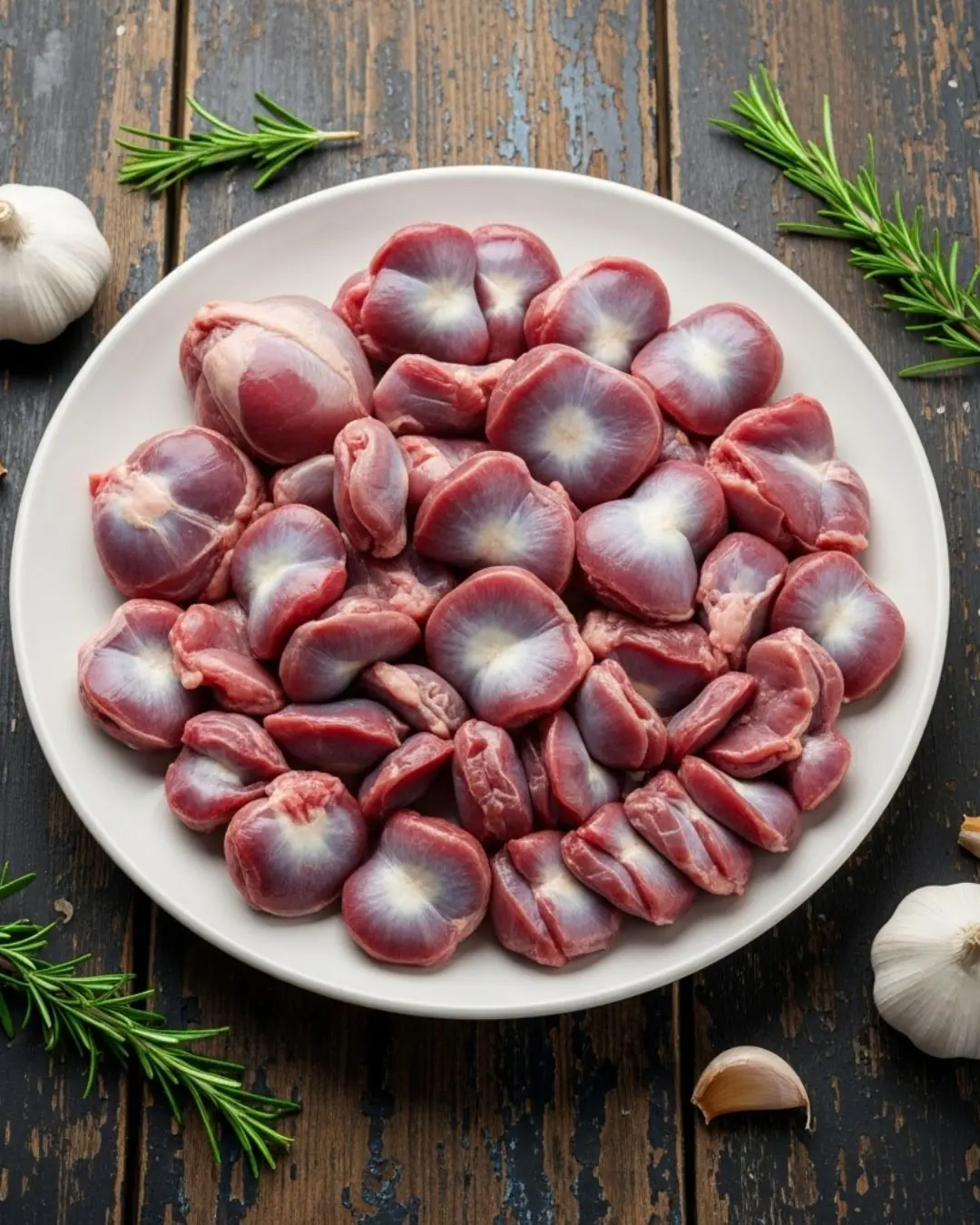
Chicken Gizzards: 3 Surprising Benefits You Might Be Missing
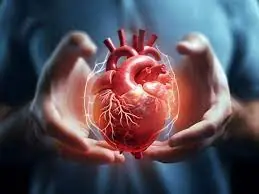
80% of Heart Attacks Could Be Avoided If Everyone Did These 5 Easy Things
News Post
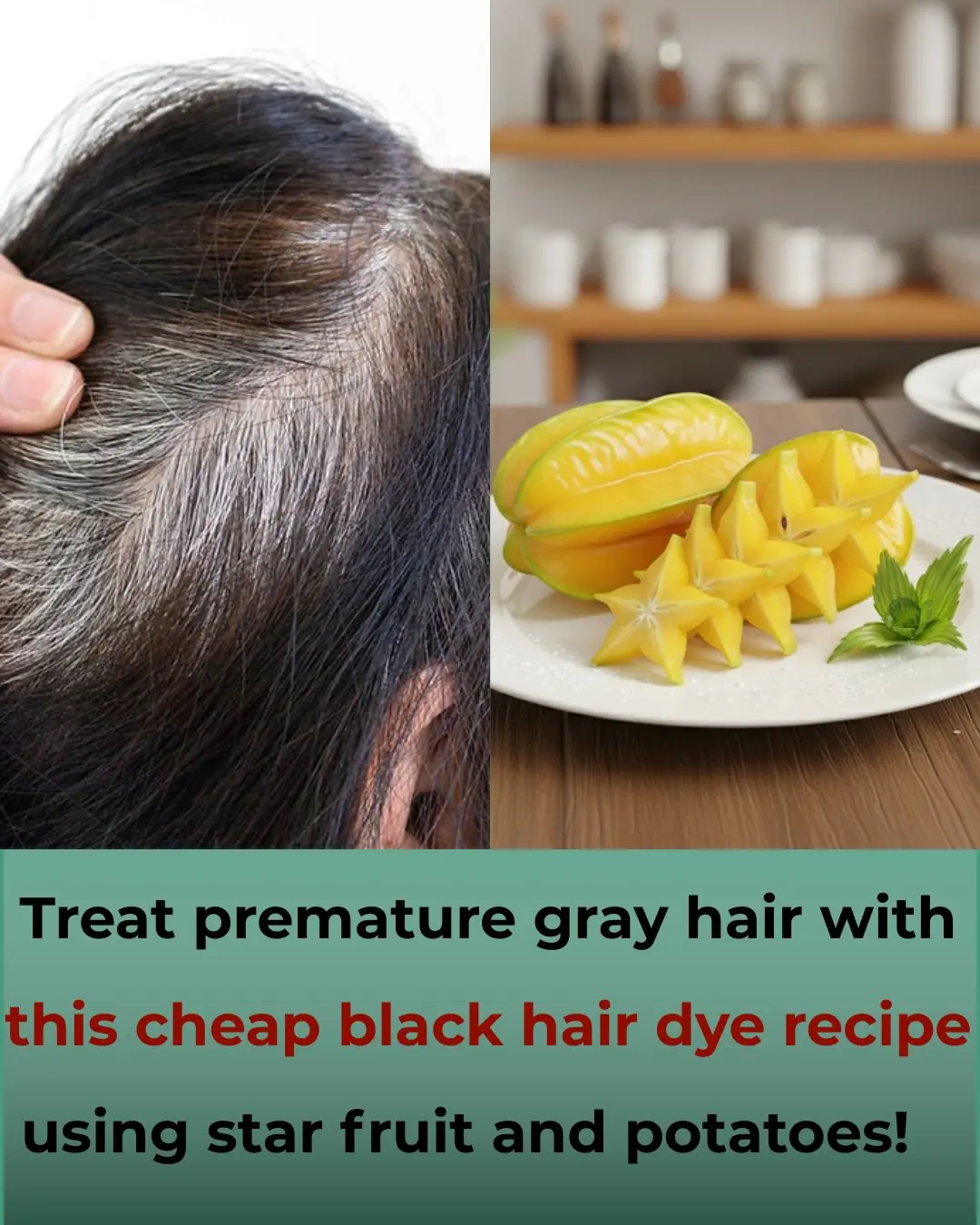
Treat premature gray hair with this cheap black hair dye recipe using star fruit and potatoes!
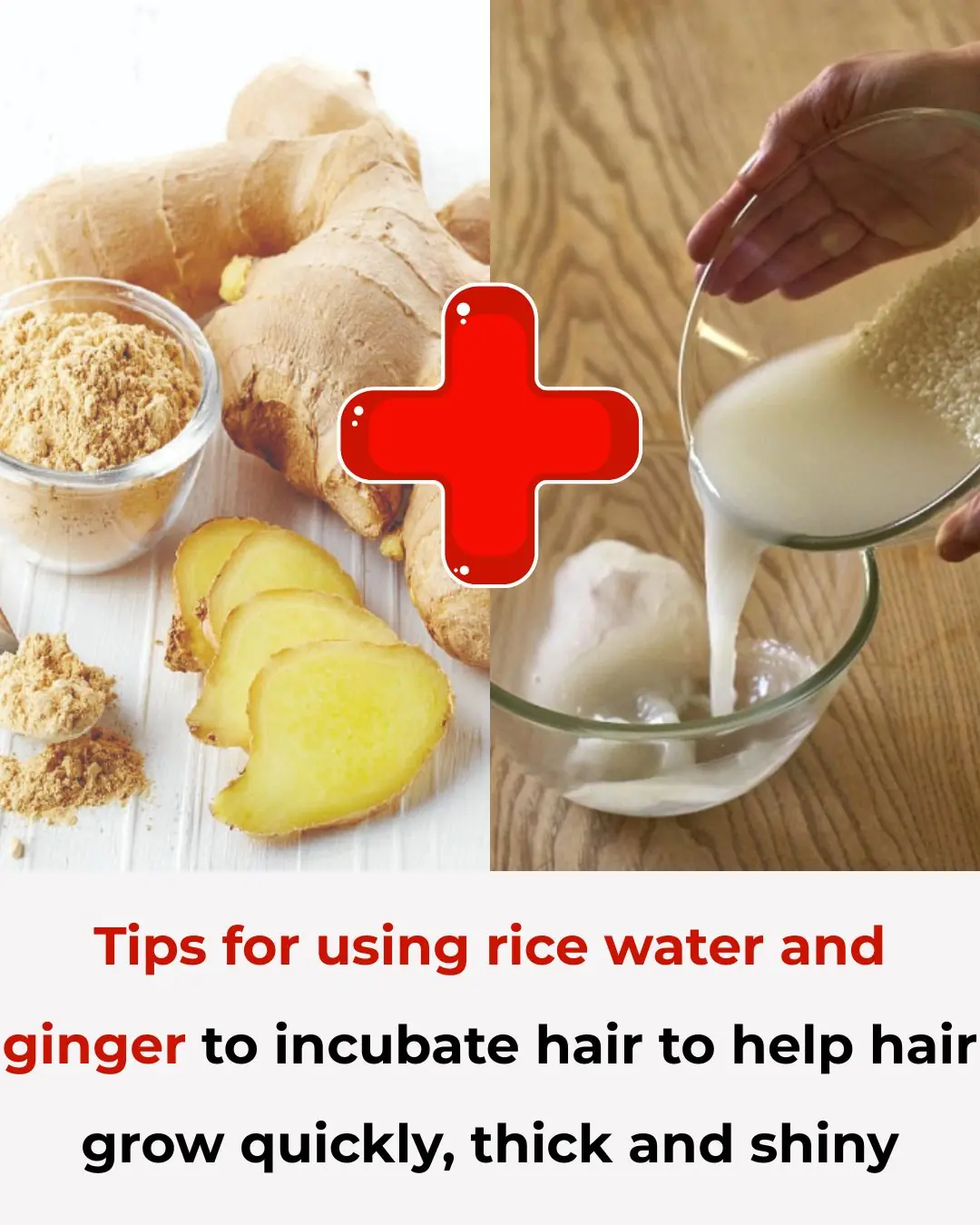
Tips for using rice water and ginger to incubate hair to help hair grow quickly, thick and shiny
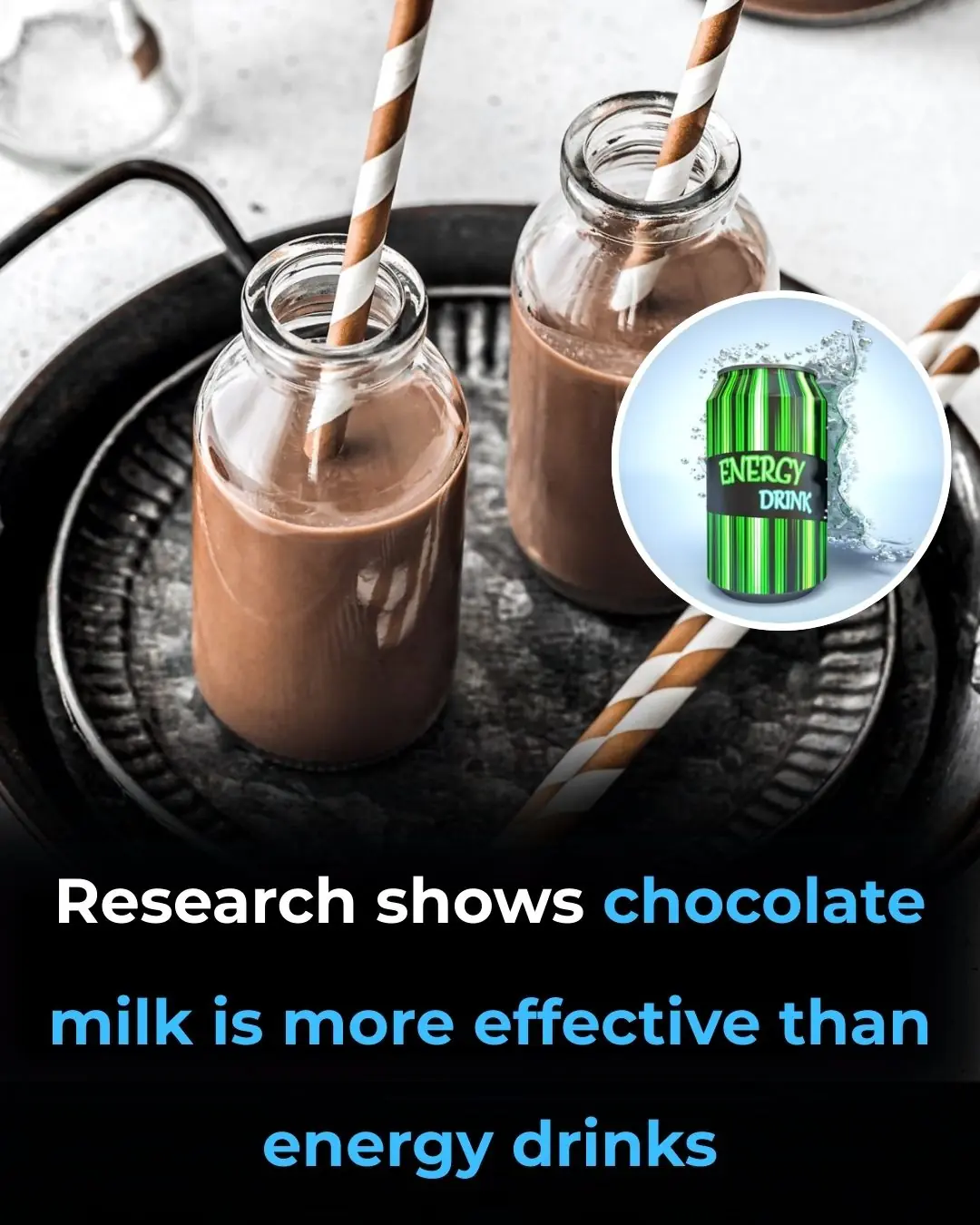
Research Shows Chocolate Milk is More Effective Than Energy Drinks
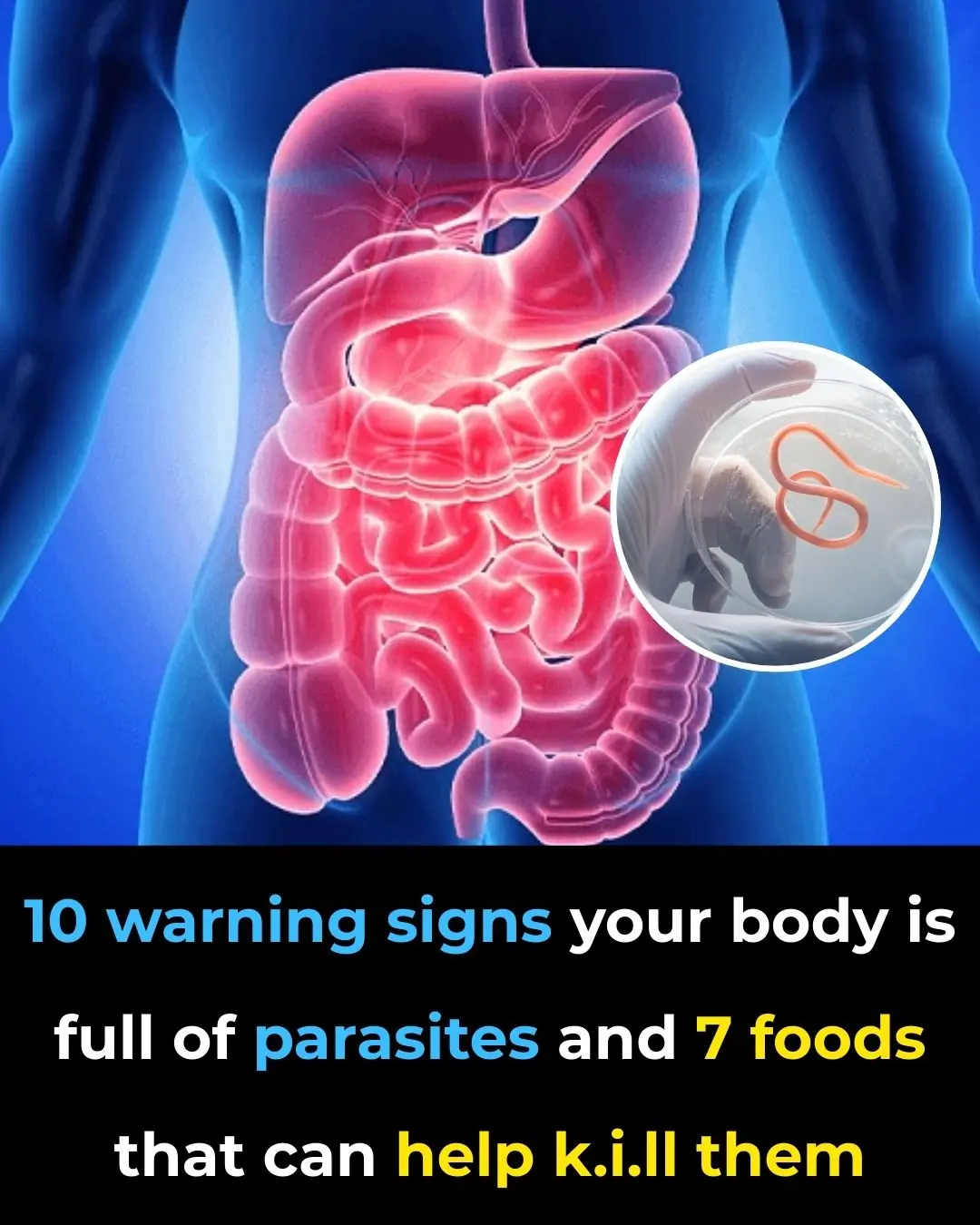
10 Warning Signs Your Body Is Full Of Parasites And 7 Foods That Can Help Kill Them

How to Kill the Bacteria Causing Heartburn and Bloating

Beat a Sinus Infection Fast with These Natural Remedies

Golden tips for choosing ham: Identify borax with a simple, absolutely safe method
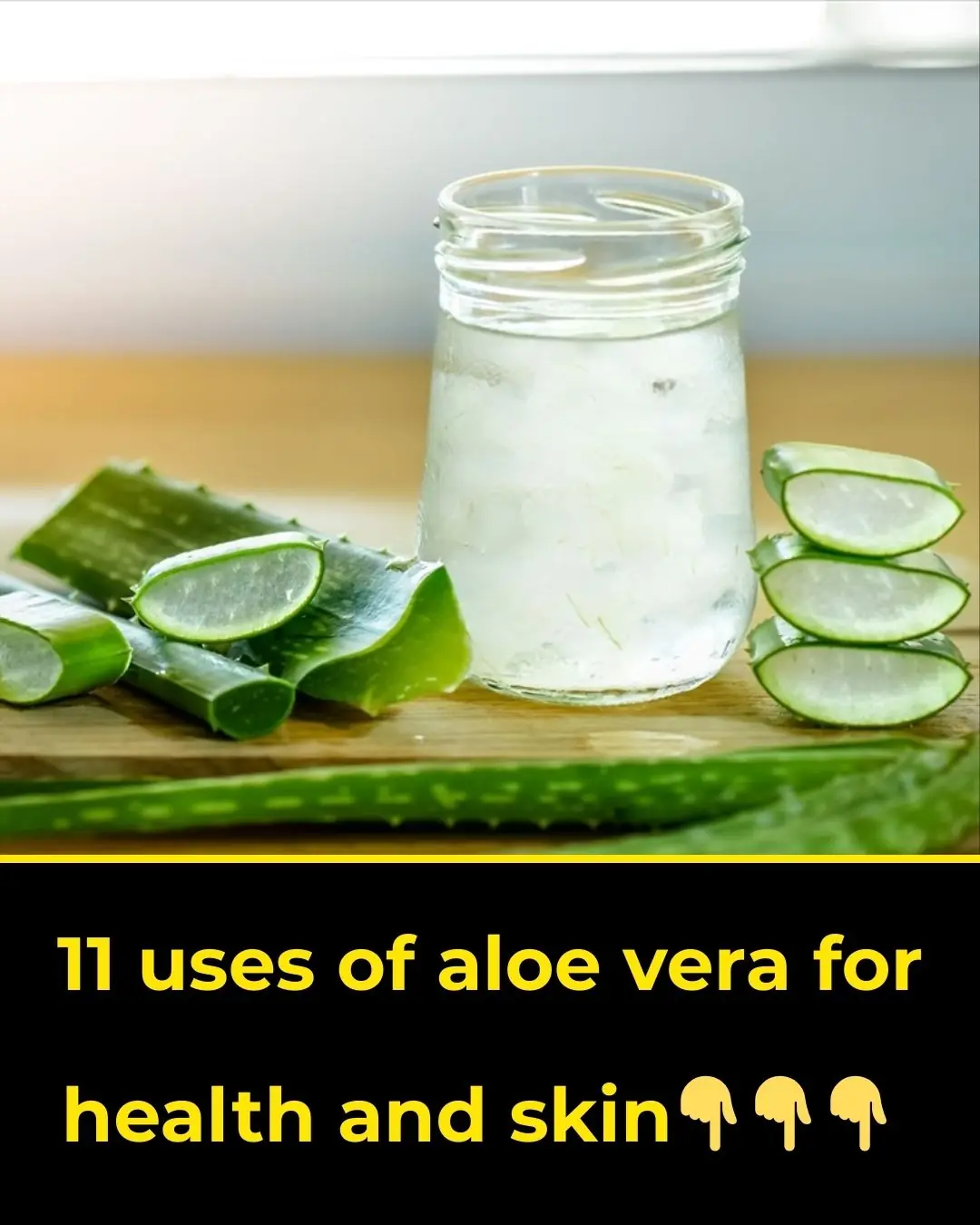
What are the benefits of aloe vera? 11 benefits of aloe vera for health and skin

Smart Travelers Always Photograph Their Luggage Before Checking It In — Here’s Why

The Last Part of the Pig But One of the Most Beneficial
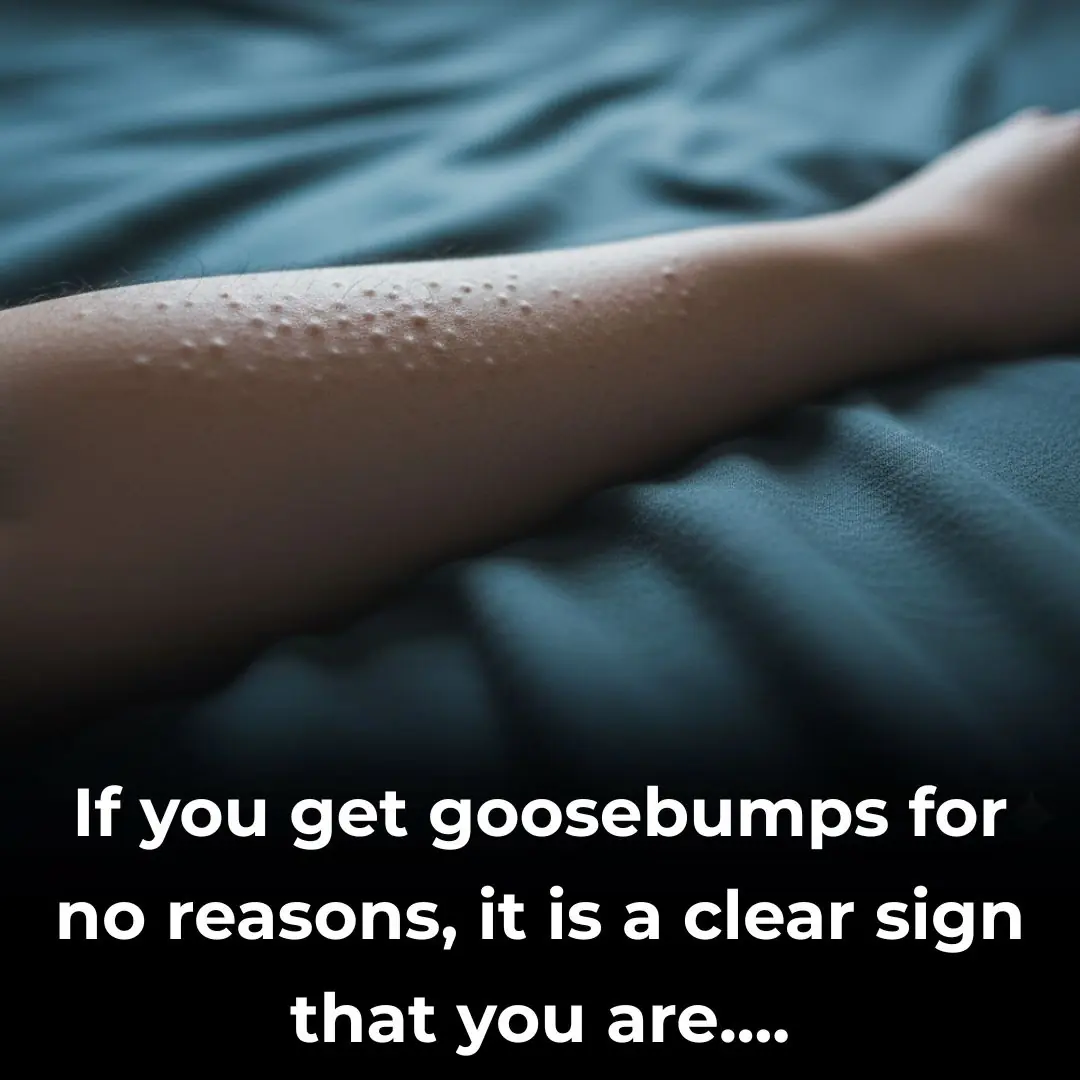
When Goosebumps May Be a Warning Sign
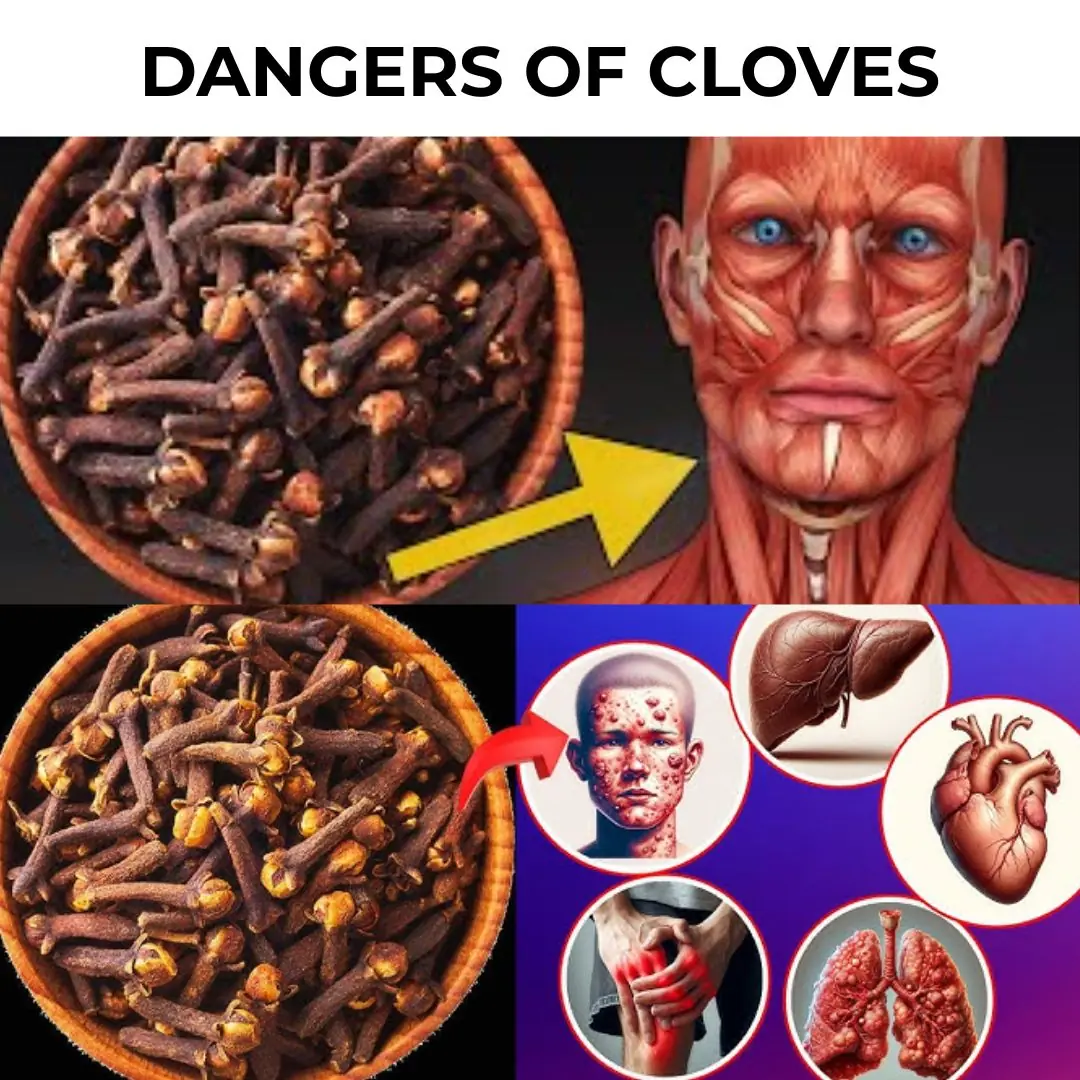
❗Avoid Cloves If You Have These Health Issues – What Doctors Rarely Warn You About

6 Coffee Eye Masks to Get Rid of Dark Circles | Under Eye Wrinkles | Eye bags & Puffy Eyes

What Happens To Your Blood Pressure When You Eat Bananas

Why Your Hands Go Numb While You Sleep

Reason For Spots On Hands

Easy Clove Growing: Seed to Spice
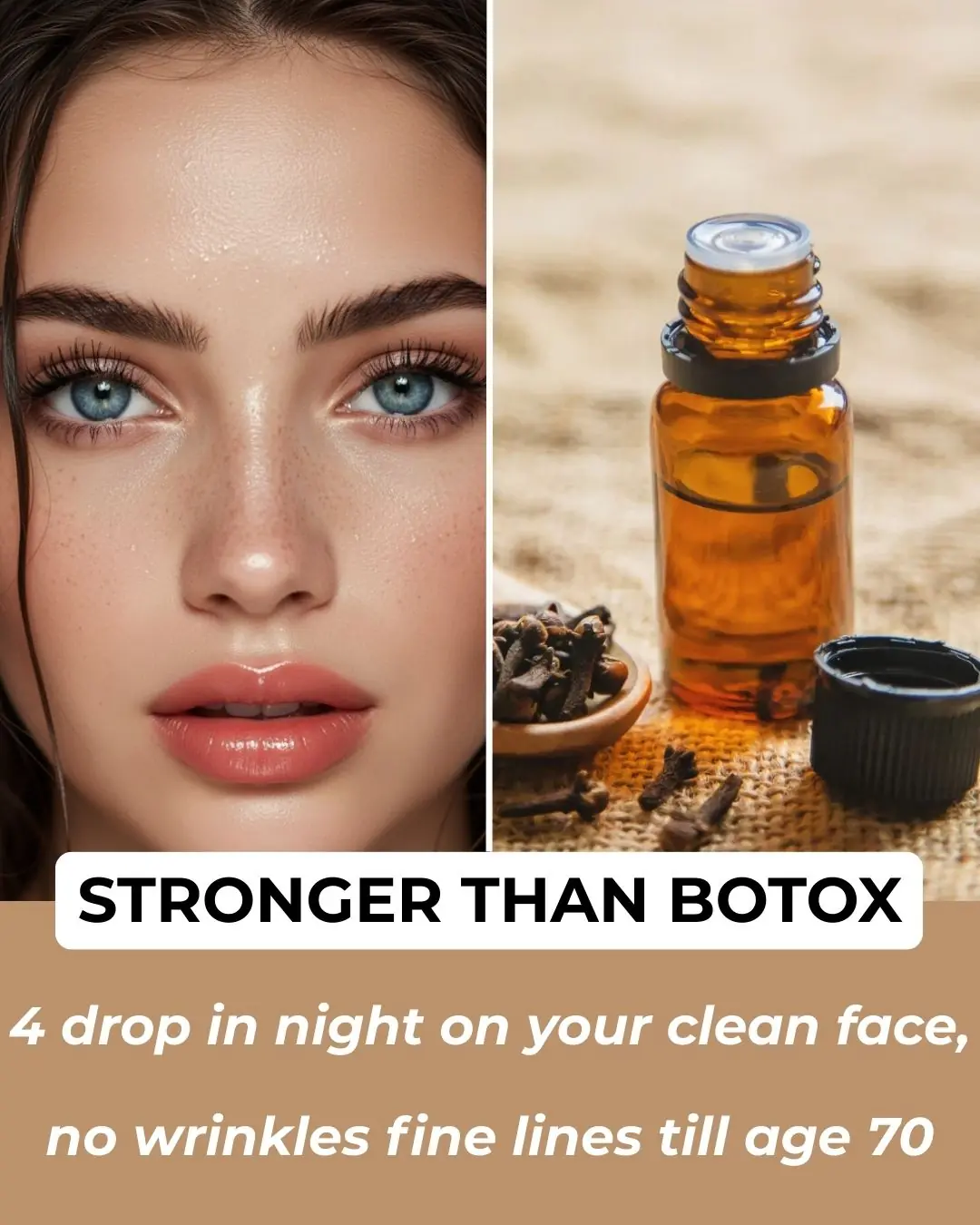
Clove Oil: Wrinkle Free Flawless Skin At Any Age
